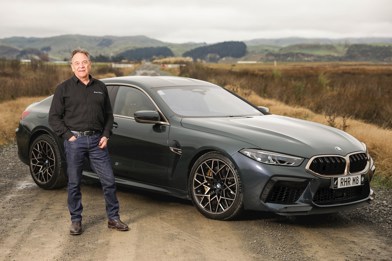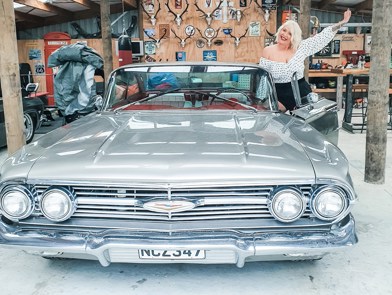Like a forgotten '90s Hollywood star, the large-car market sits at the bar, sinking shot after shot of hard liquor, wishing for a time machine to take it back to 'the good old days'.
Once rulers of the roost, large cars are now on the outer as SUVs and utes lay waste to New Zealand's sales charts.
And few are feeling the heat like these two.
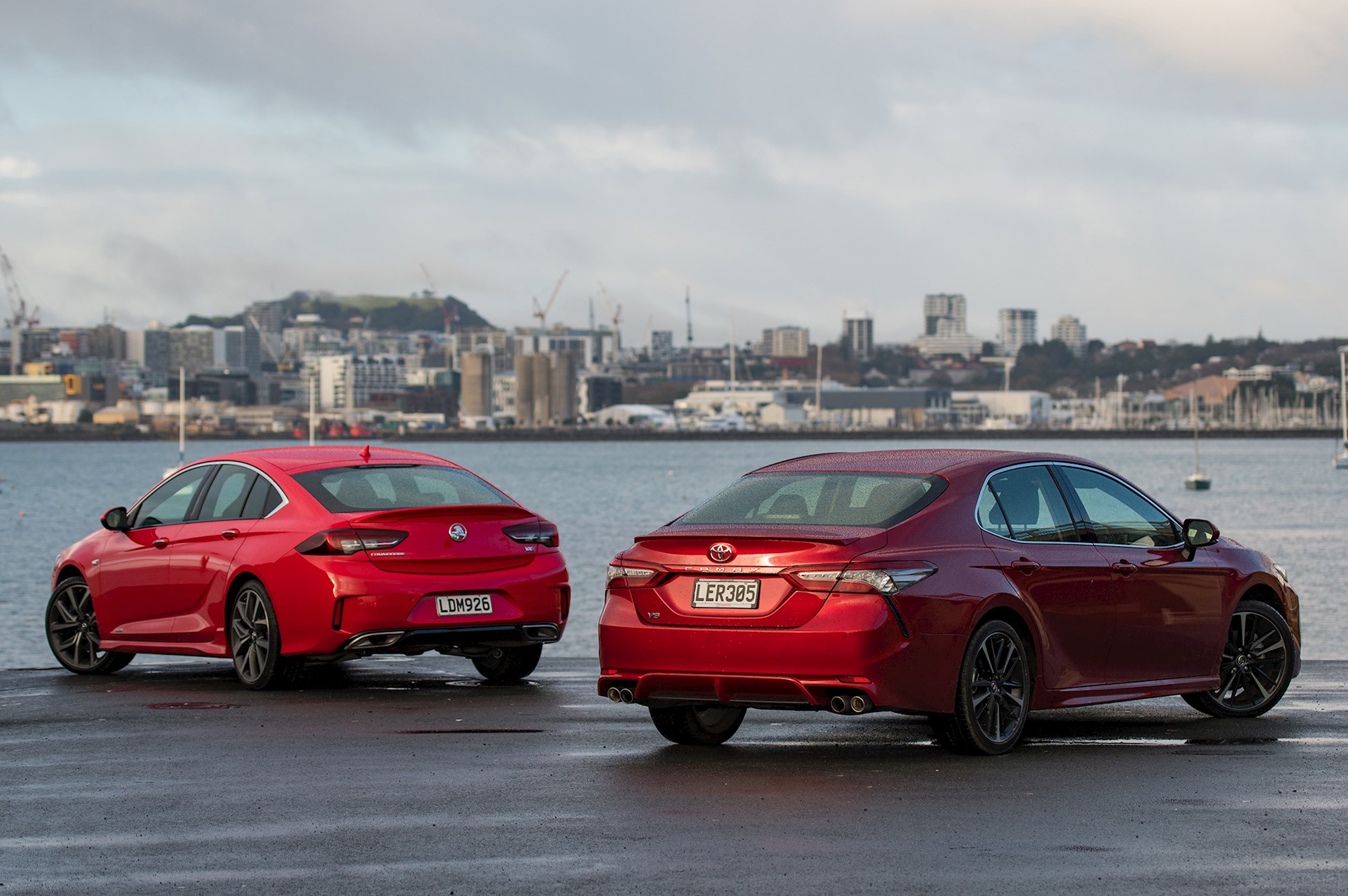
In the red corner we have the new Toyota Camry V6, and in the other corner (also red) is the Holden ZB Commodore VXR. And both have a massive task on their hands.
The Camry — through racy design and more — is doing everything in its power to shake off its ‘cardigans and Coronation Street' image issue.
The Commodore, meanwhile, has arguably even more of a challenge to overcome; to convince the public that its German bones are worthy of its most quintessentially Australian name.
The Commodore lines up as the more sophisticated of the two. Its updated 3.6-litre naturally aspirated V6, developing 235kW with 381Nm of torque is hooked up to an in-house GM nine-speed automatic and ‘Twinster’ all-wheel drive system.
The Camry meanwhile comes with a 3.5-litre naturally aspirated V6 which produces slightly less oomph (224kW and 362Nm). And that power is channeled through its front wheels (with the aid of an eight-speed automatic), instead of through all four.
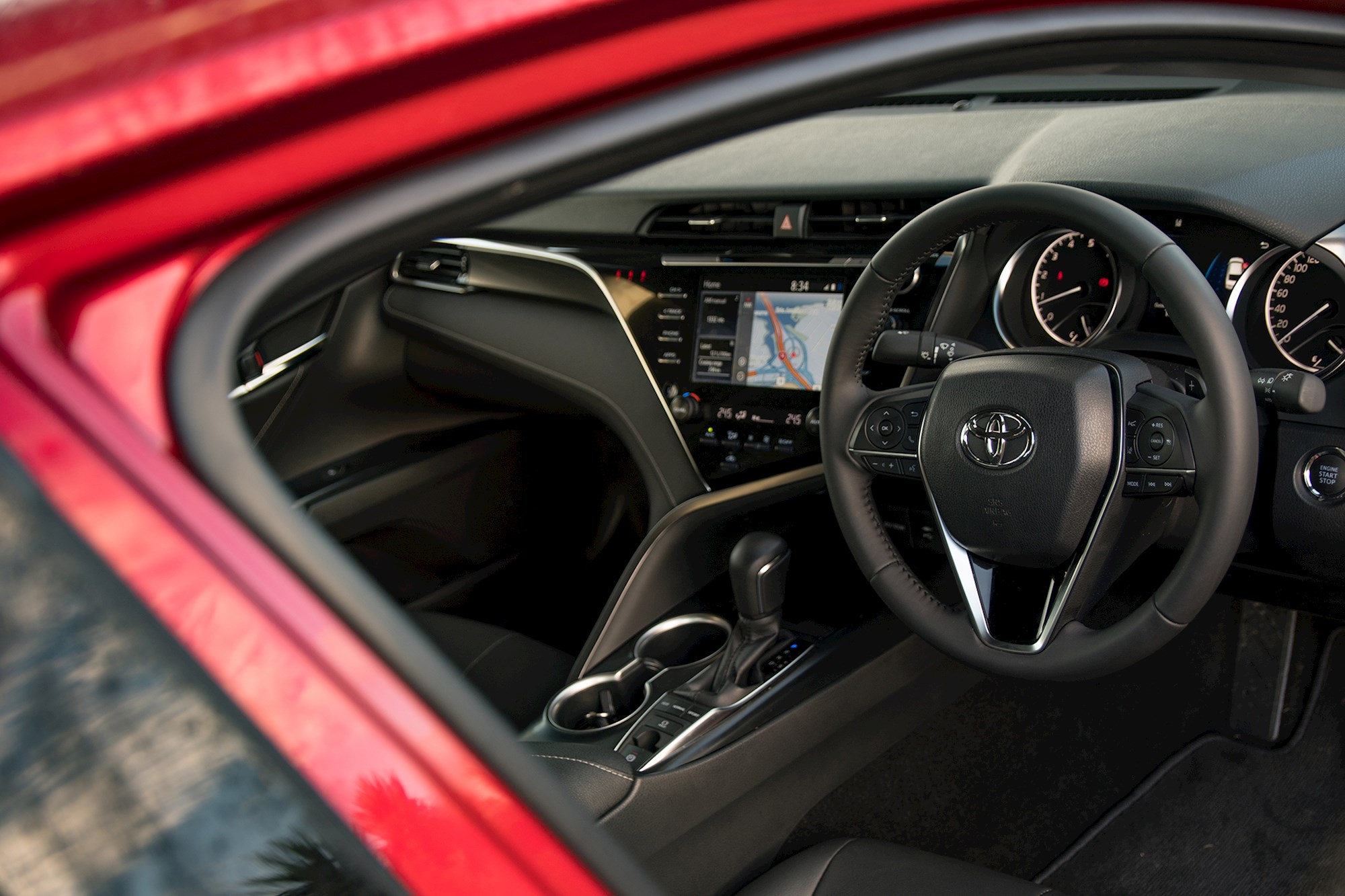
Although the Commodore’s layout might be more attractive on paper, the Camry ensures this will be a good fight by pulling it back on pricing. The VXR starts at $67,990 — a full 20 grand more than the Camry’s $47,990.
And, on first glance, it’s hard to nail where that price gulf comes from.
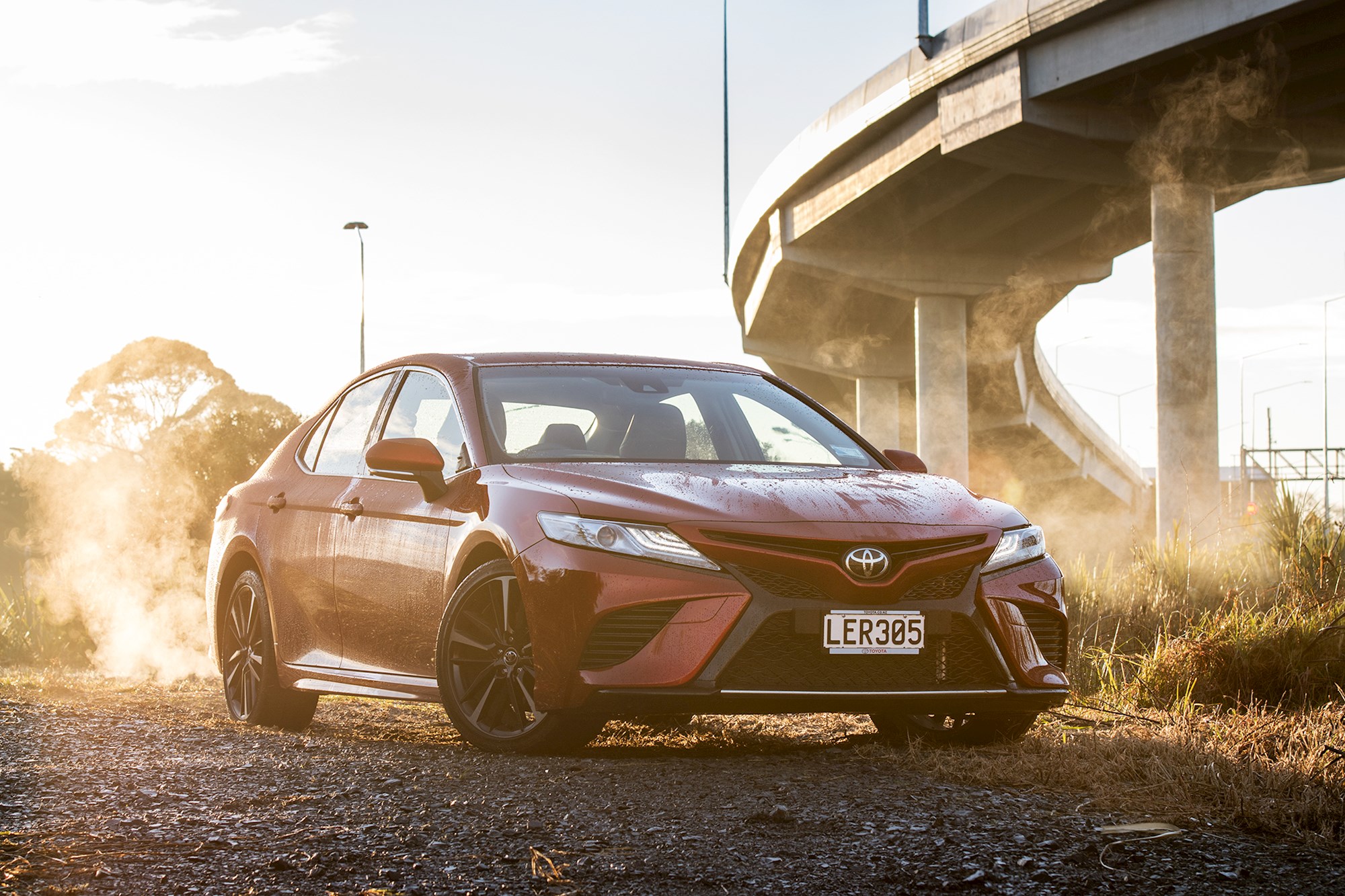
Beauty is something that's in the eye of the beholder, of course. But to my retinas, the Camry is the more attractive car here. Inside and out it takes more risks. The bodywork is more creased and aggressive, punctuated by dark two-tone 19-inch wheels, quad exhausts, and various added vents and scoops (many of which, admittedly, lead nowhere).
Peer inside, and you'll see an interior design looks more like that of big brother Lexus. A snaking partition comes from the top of the dashboard to the bottom, isolating the driver and giving the car a premium-looking first impression — even if many of the plastics can't really follow through.
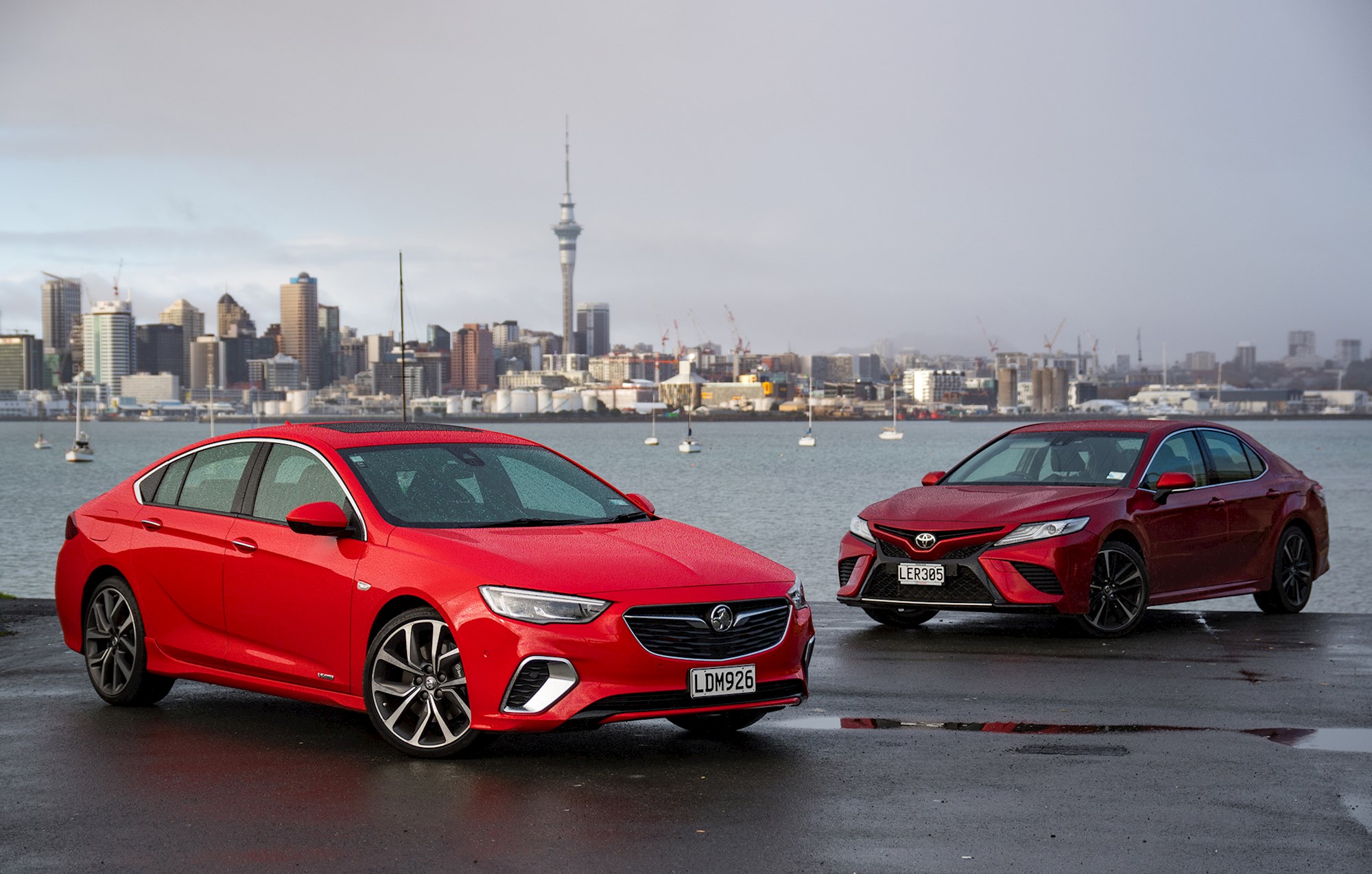
Apart from its sloping lift-back roof-line and intricate 20-inch wheels, the Commodore is clearly the more introverted of the two. It’s smaller than a VF by 50mm and 36mm in length and width, but does a good job to blend in with the Aussie family lineage. Visually, at least.
That's especially true inside, where the dashboard layout looks and feels very ‘Commodore’. It might not have the youthful style of the Camry (as weird as that is to write), but everything is laid out logically where you'd expect it to be— particularly if you're the driver, as most of the dashboard's features are tilted in your direction.
Like the Camry (and the outgoing VF Commodore) the ZB Commodore's interior material choices are up and down. Touch points like the steering wheel and arm-rests are plush, but a lot of other surfaces are home to hard plastics. Not to mention that it doesn't take long for the centre console's piano-black surface to turn into a finger-smeared, dust-coated mess.
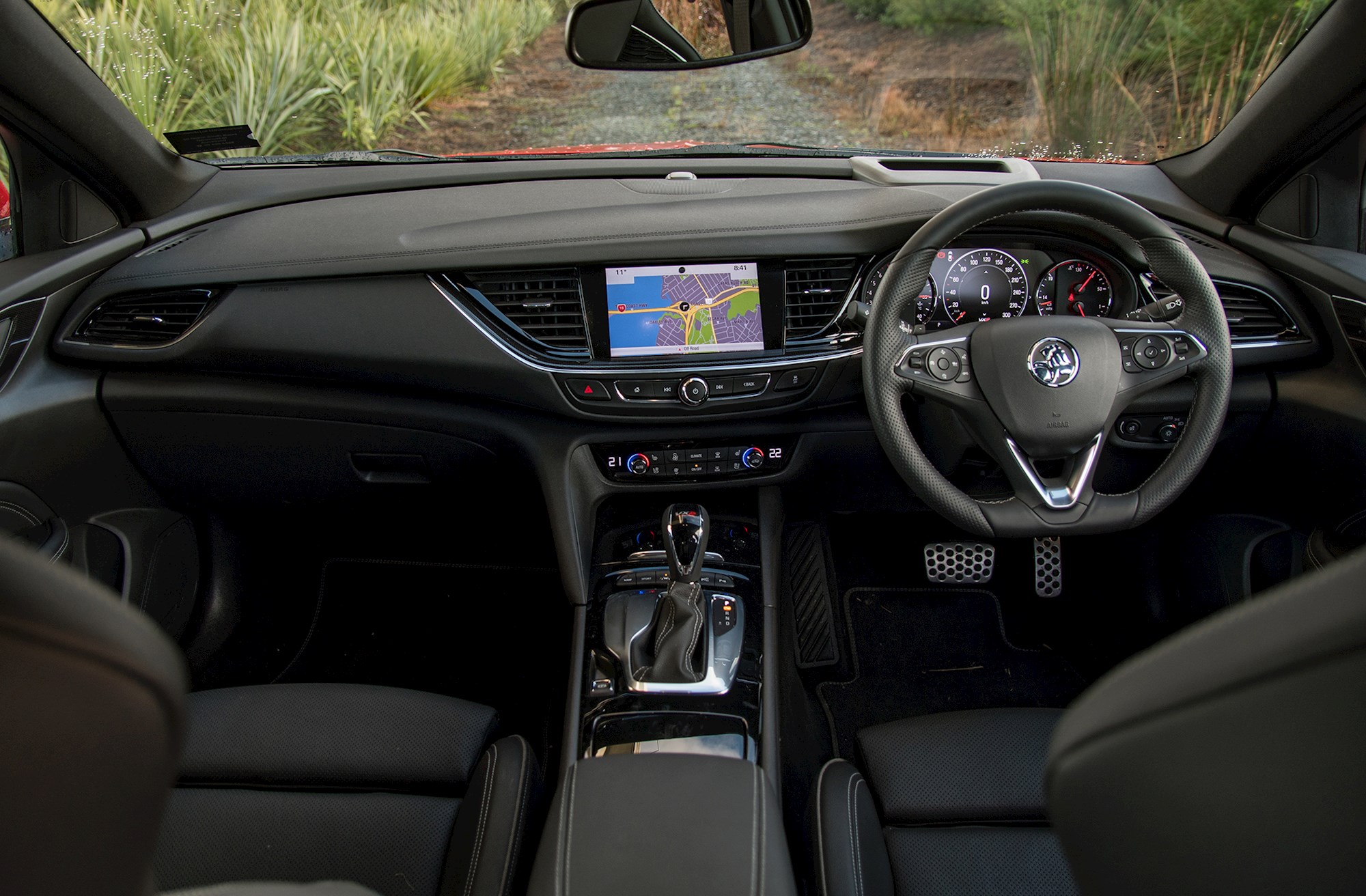
Both combatants are equipped with a comprehensive stack of safety tech, including autonomous emergency braking (Holden's includes pedestrian detection), lane departure warning, adaptive cruise control, and automatic high beams (Holden's are adaptive).
Unsurprisingly, they both proudly wear 5 star ANCAP safety ratings.

You would hope for the sake of the Commodore that it would have the edge for features, given its 20k price premium. And it does.
The Toyota's cabin is no slouch. It includes wireless charging (only applicable to certain mobile cellular devices), and an 8.0-inch touchscreen that houses satnav and a SUNA traffic channel that supplies live traffic updates on the run. But, buyers miss out on Apple CarPlay and Android Auto, as well as heated seats.
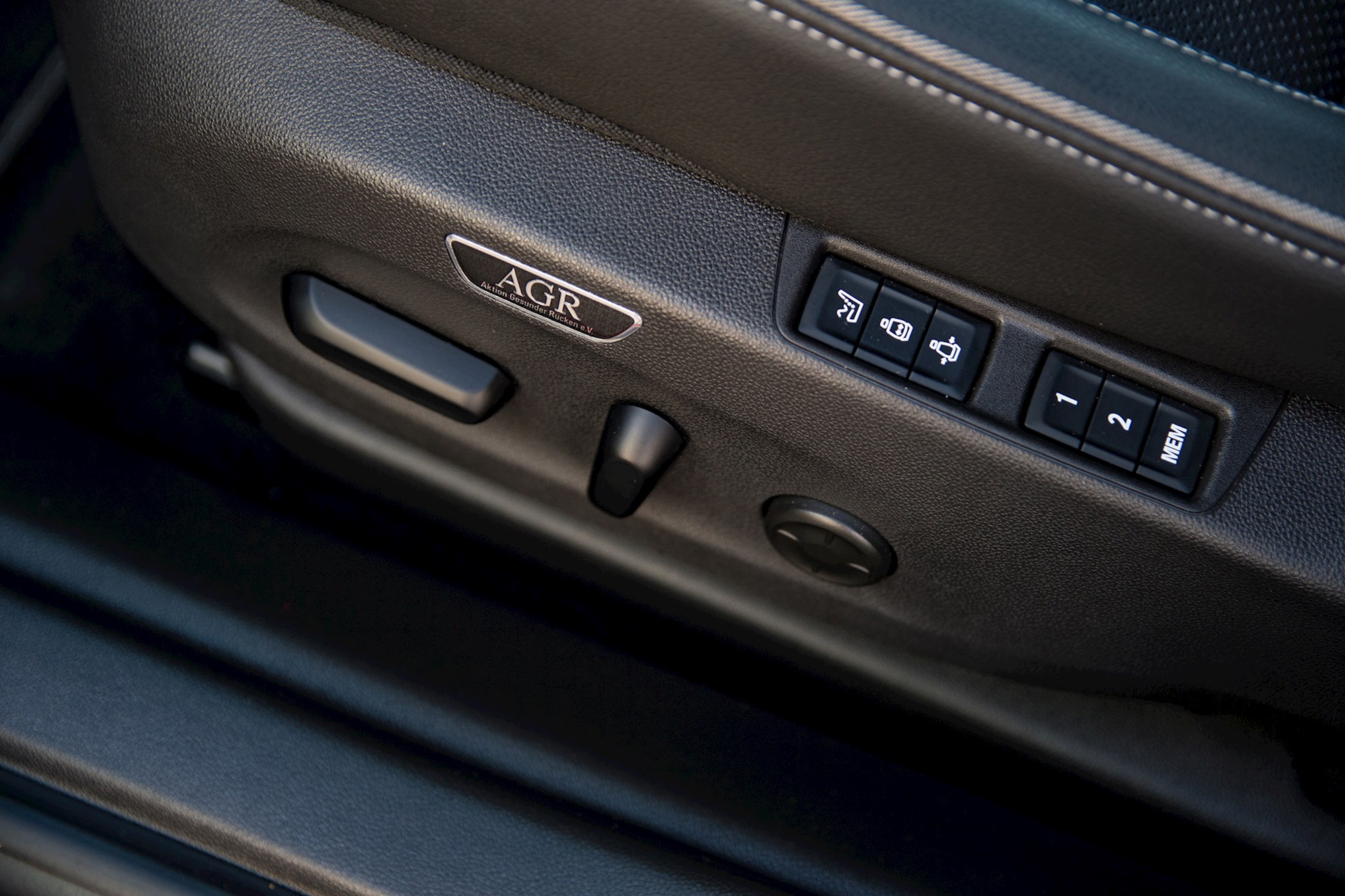
The Commodore also utilizes wireless phone charging and an 8.0-inch touchscreen display. The latter is more finicky to use than in the Camry, but includes Android and Apple connectivity on top of satnav and a 360-degree reverse camera.
The Commodore also benefits from a pair of highly trick AGR-certified massaging sports seats. They're ludicrously comfortable, and are both heated and ventilated. Their bolstering is electronically adjustable, as is the height of the lumbar support.
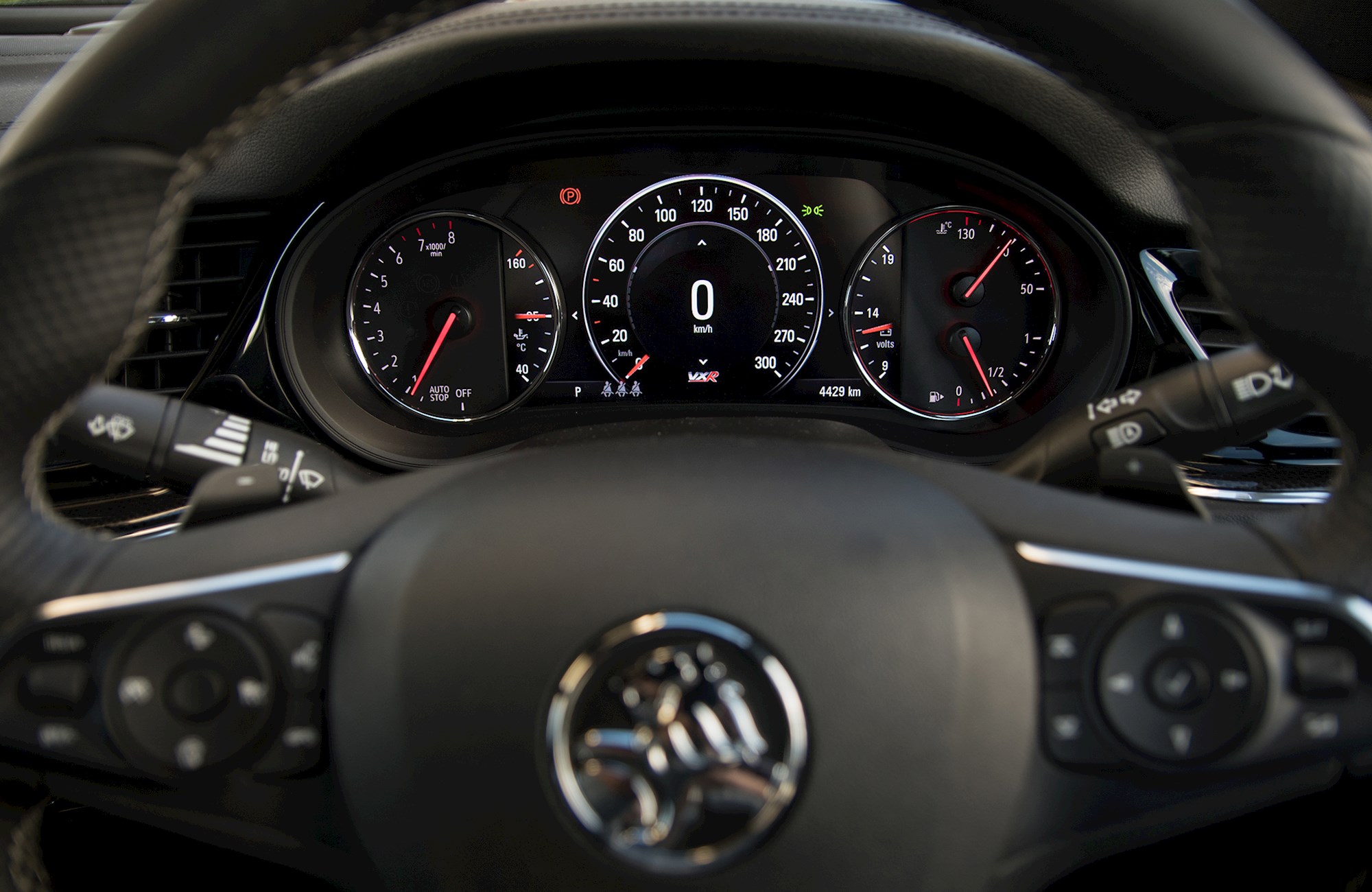
The Commodore’s shrunken dimensions that we mentioned earlier aren’t necessarily felt in the front, where driver and passenger get ample room to move. But that changes beyond the B-pillar.
The tighter dimensions and a ‘coupe' silhouette steal some headroom and width from occupants in the rear, and space is down by five litres in the boot over the VF (from 495L to 490L). Still, rear legroom feels on par with previous Commodores, and the lift-back opening improves ease of access.
On the other hand, the Camry’s rear seating and 525L boot capacity trump the Commodore's. And this sets the tone for the Toyota’s biggest plus; usability.
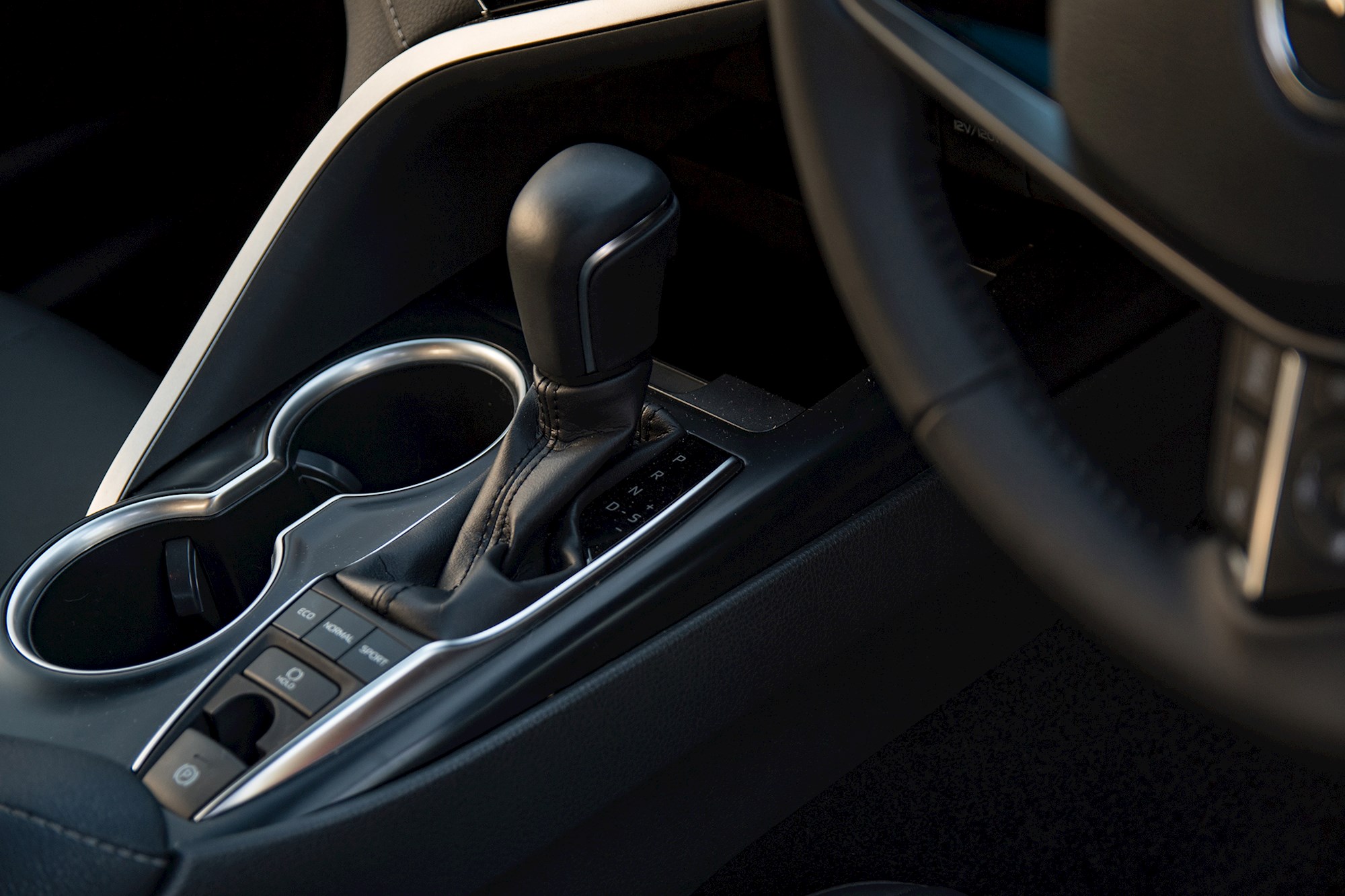
Superior practicality is supported by better fuel consumption figures. The Camry managed to turn 8.5L/100km during our mild urban driving, while the Commodore seemed stuck at 11.5L/100km in similar latte-sipping terrain — despite its V6 engine's cylinder de-activation tech.
The Toyota is a touch more comfortable than the Commodore in day to day driving too, via its combined MacPherson strut and double wishbone suspension set-up. Its been uprated over the standard calibration, but is still soft and forgiving over bumps in the road.
The Commodore isn't miles behind on comfort. The manufacturer’s specialised Aussie tuning has always resulted in well damped cars, and it’s no different here.
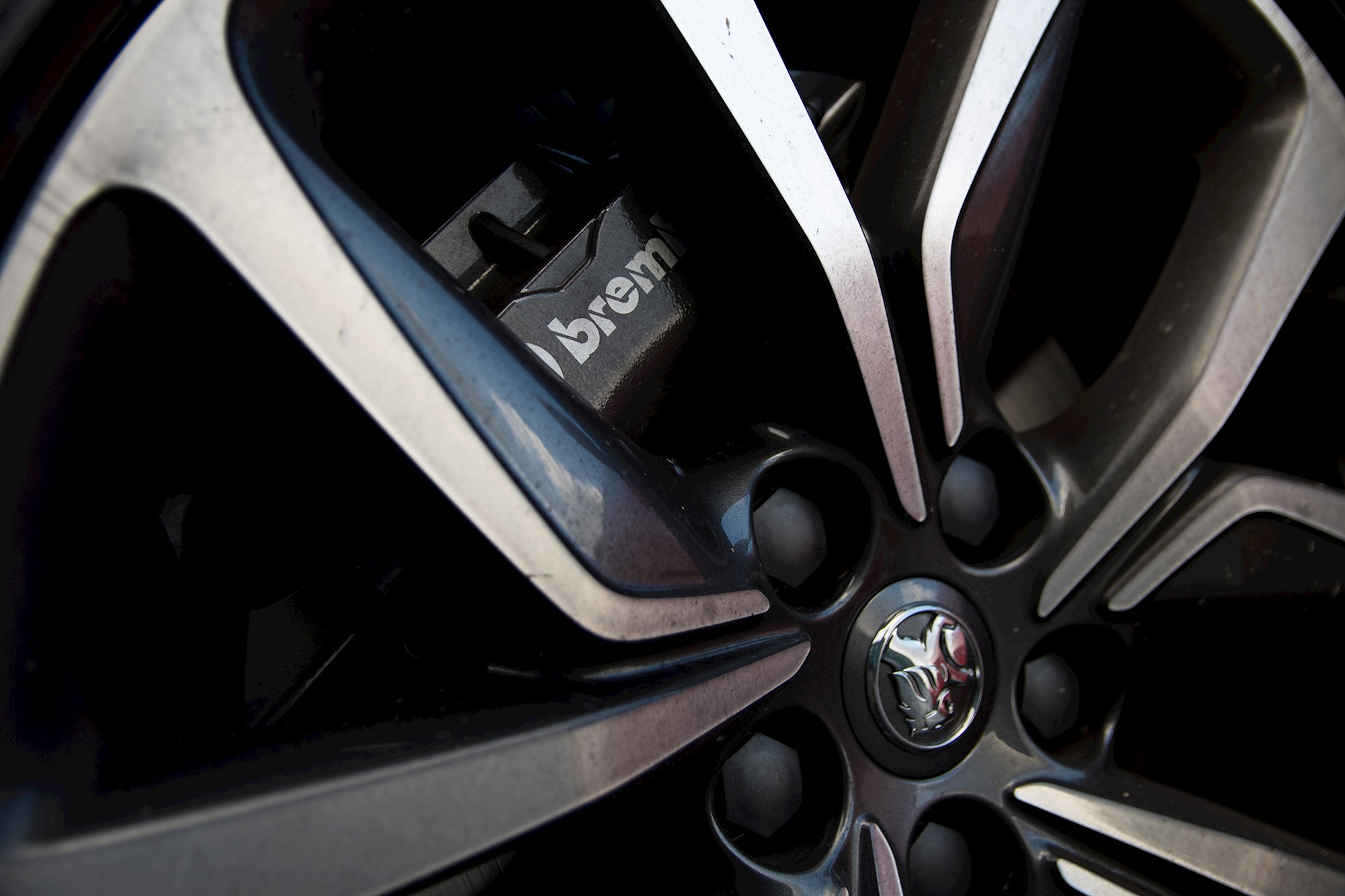
The Holden comes with Continuous Damper Control, which allows drivers to tweak the ‘HiPer Strut’ front end and five-link rear end calibration on the run. And it’s here, talking about drivability, that the tide begins to turn towards the Holden.
At the centre of my week of testing was a telling short, sharp, back-to-back thrash of both cars through Scenic Drive and back — a brisk back-road bash that would last an hour for each car.
While the Camry’s Dunlop Sport Maxx tyres were lukewarm in front and stone cold in back after its drive, the Commodore’s larger and stickier Michelin Super Sports rubber was hot on all four corners. Curious.
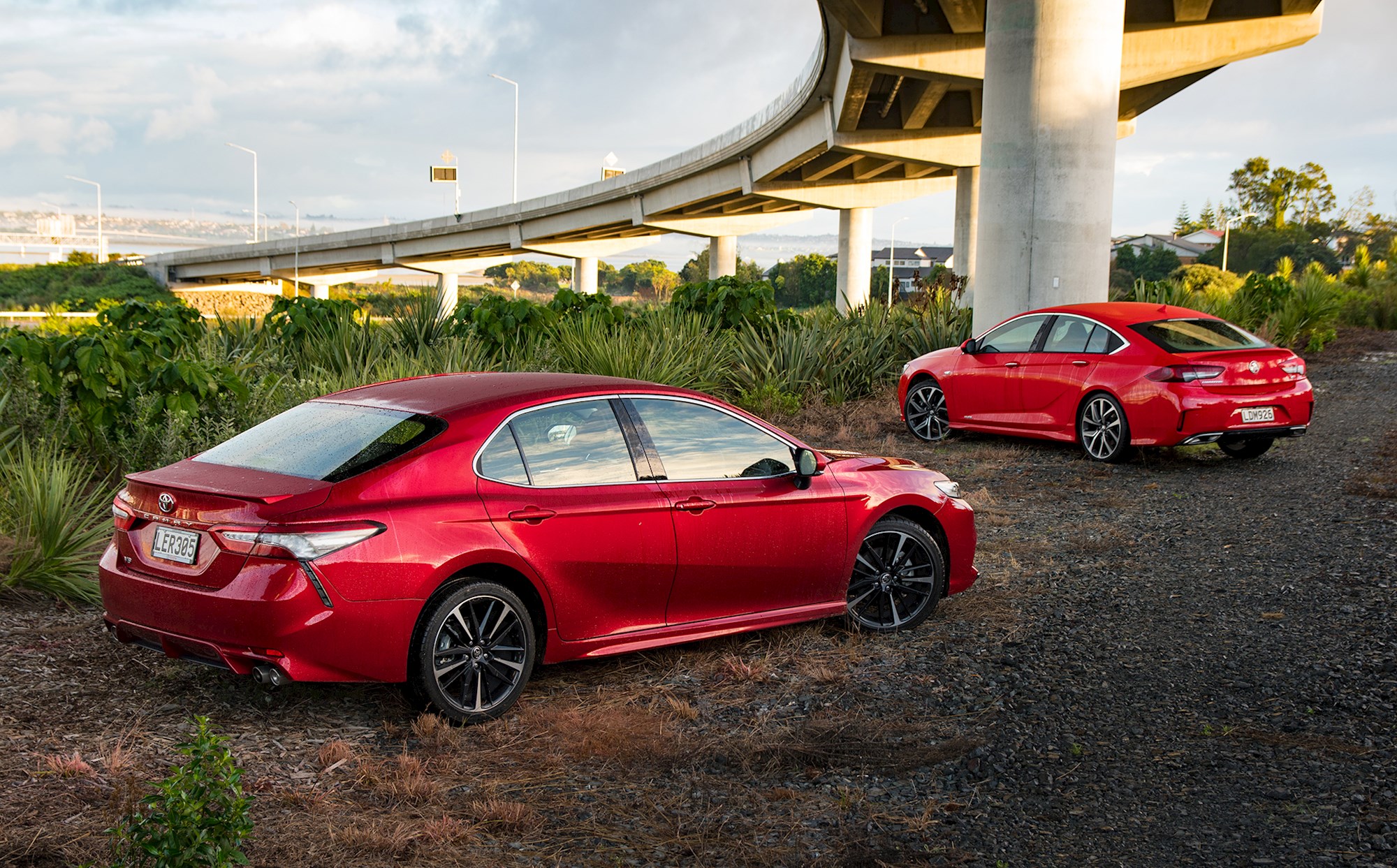
The Camry does comfort very well, but the experience starts to deteriorate when you push the performance envelope. Power delivery is smooth and predictable, but the Camry struggles to put that power to the ground.
Wet or dry, it would continually engage in wheel-spin off the line — and this manifested itself in corner-entry understeer and fistfuls of mid-corner push and body roll during more spirited testing.
Combined with an unfavourably tall driving position, seats that lack upper-body support, and a traction control system that unplugs itself from the action the moment it meets any right-foot resistance, and you have a car that doesn’t feel quite at home on a B-road.
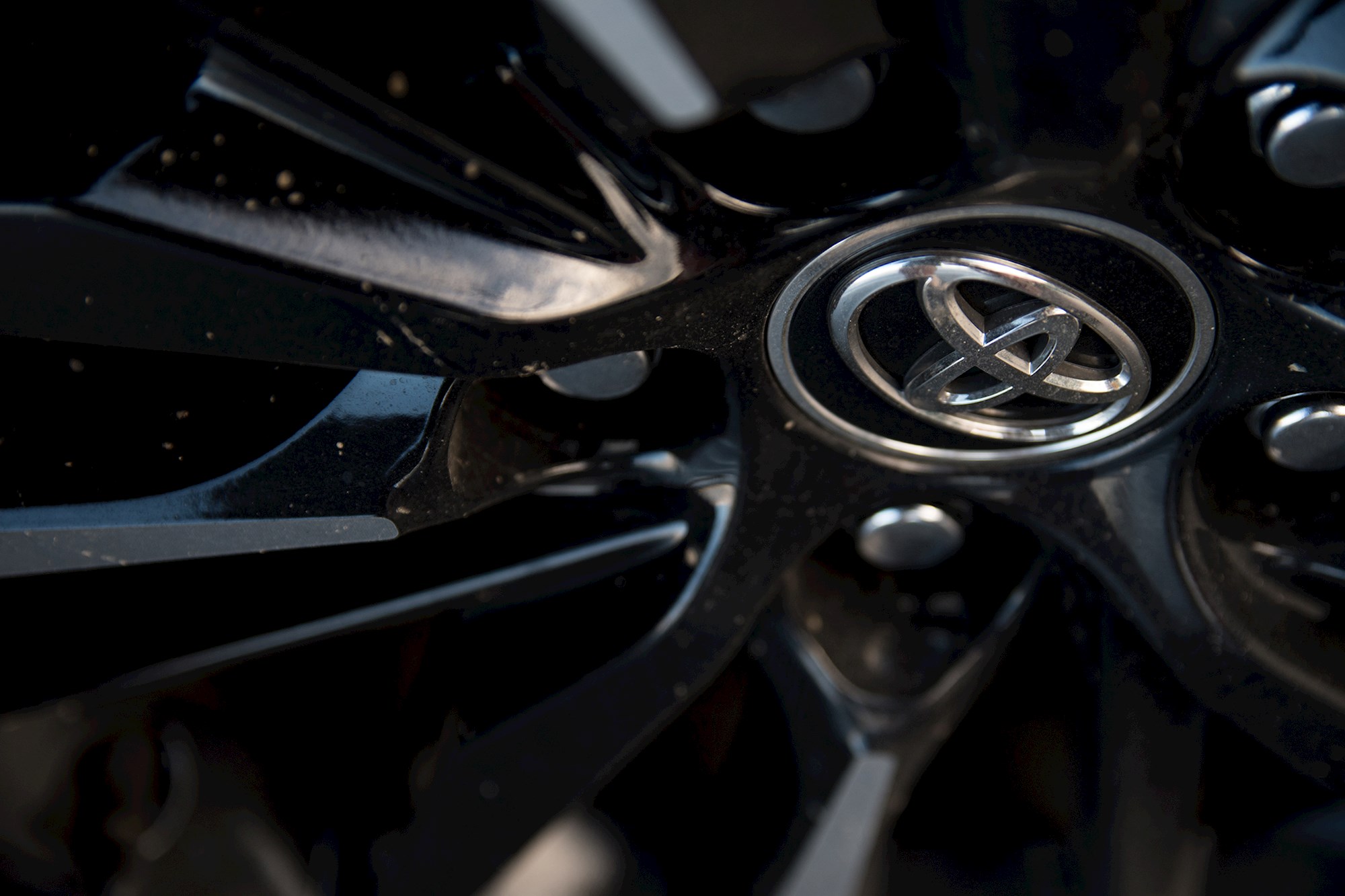
It’s a shame, given the credentials of the the stiffened TNGA chassis underneath and an engine that's smooth on uptake and more than capable in a straight line (as evidenced by the Camry's 0–100km/h time of 6.8 seconds).
And that’s why the Commodore emerges on top.
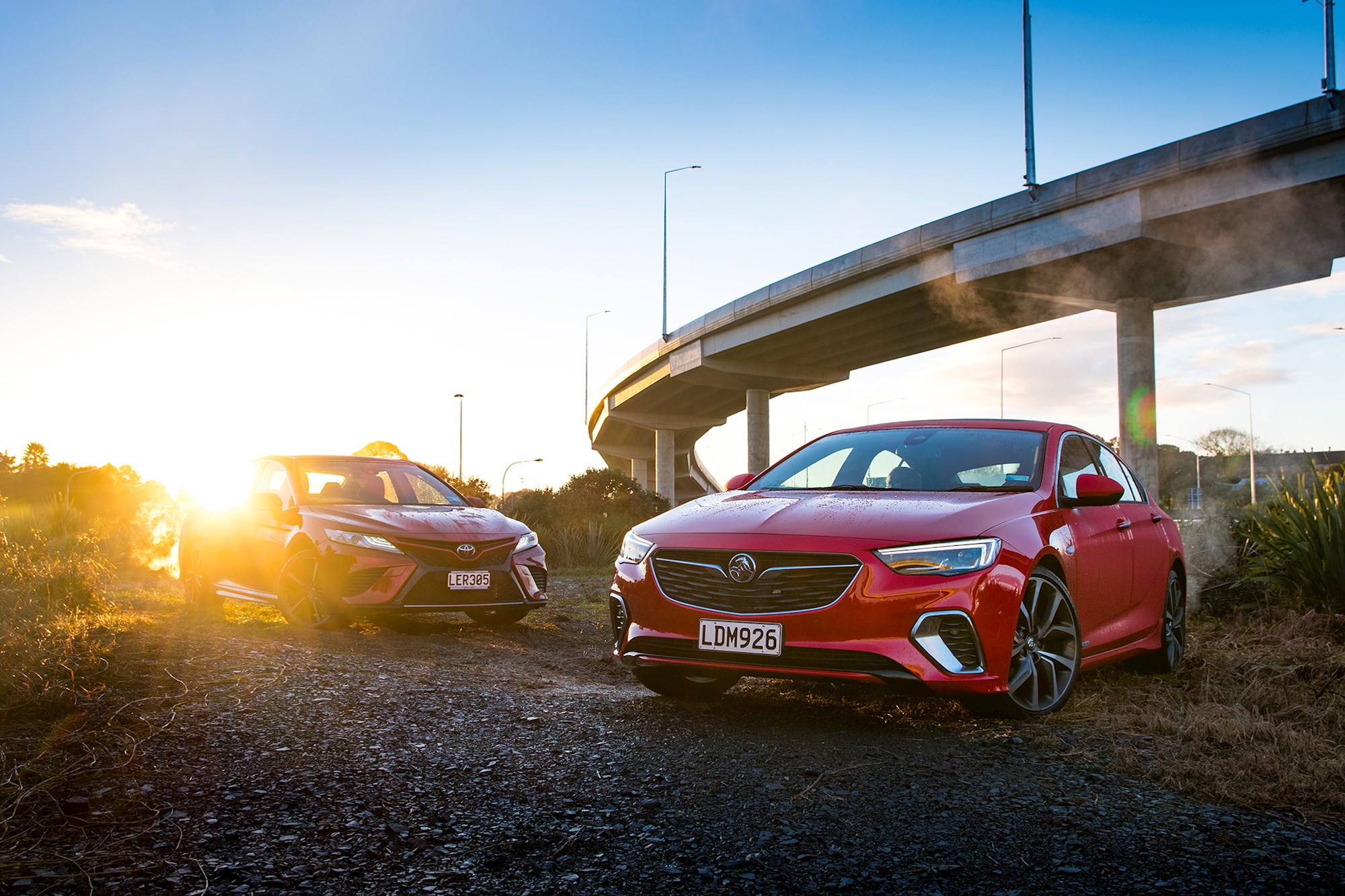
Its platform and accompanying attachments make carving through twisty roads a high-speed formality. Though it feels like most of its power goes to the front wheels, brake-sourced torque vectoring and the bevy of micro-adjustments actioned in ‘VXR mode’ mean that it holds the road with unflappable ease.
No, that 3.6-litre V6 isn't a roaring V8 like we're used to. But of this pairing it's the more musical engine, and it helps the VXR complete the 0–100km/h sprint in 6.2 seconds. That's six tenths up on the Camry, but admittedly about a second off the VF SS and Kia Stinger GT.
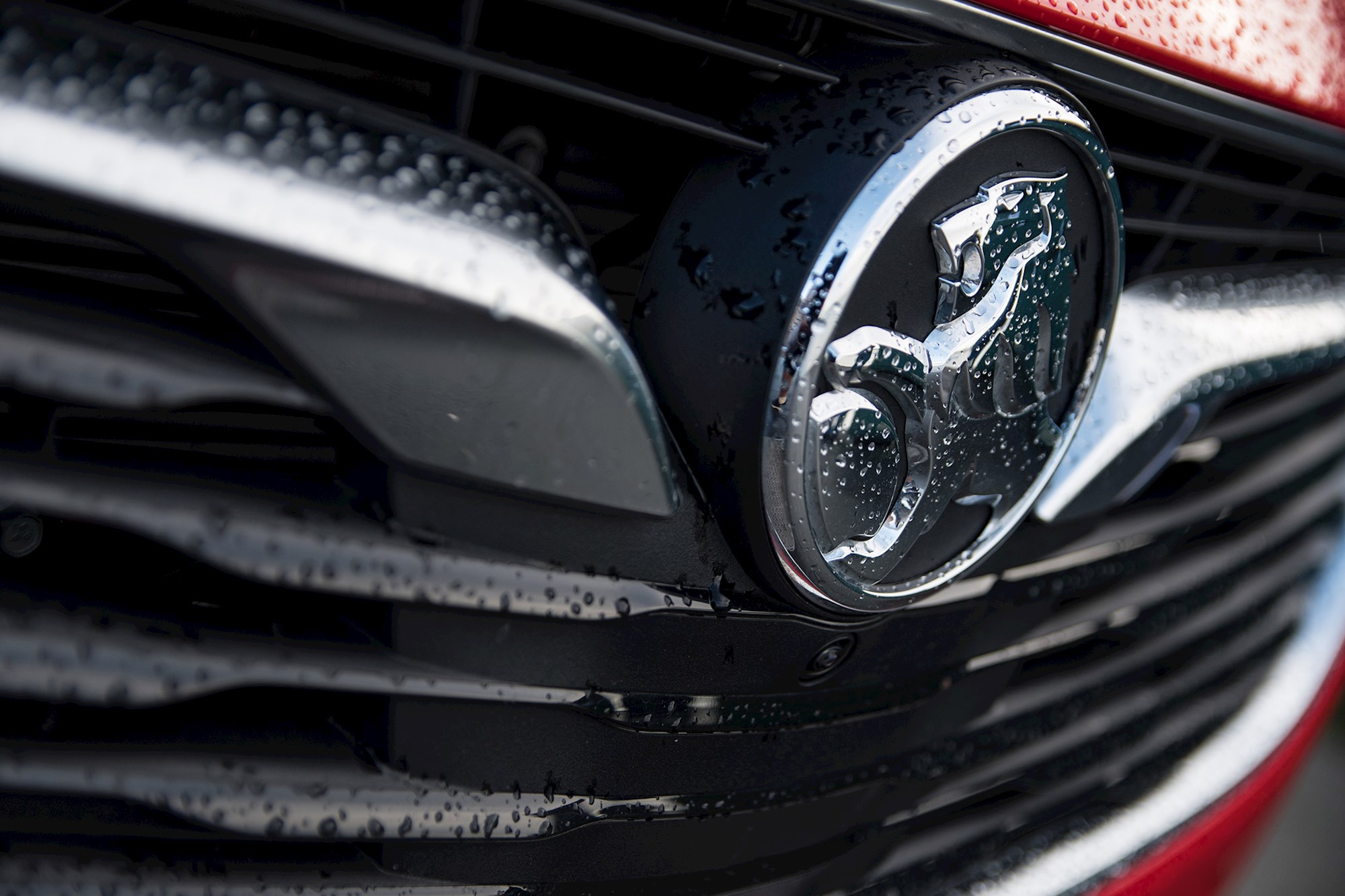
Indeed, the VXR is the most refined, technologically advanced, and mechanically capable car to wear the Commodore badge.
Yet, while it wins this comparison, it still does not win the war.
Old Commodores, in particular their performance variants, were never about about scalpel-like precision. They were an unapologetic handful; requiring the driver's full attention and quick wit if they wanted to explore the limits. Rear slip was plentiful, V8 soundtrack boomed, and smiles spanned from one ear to the other. And, that simply isn't the case here.
The new Commodore VXR is incredibly competent and is a compelling alternative to the sports sedans of Europe.
It just lacks that spark.
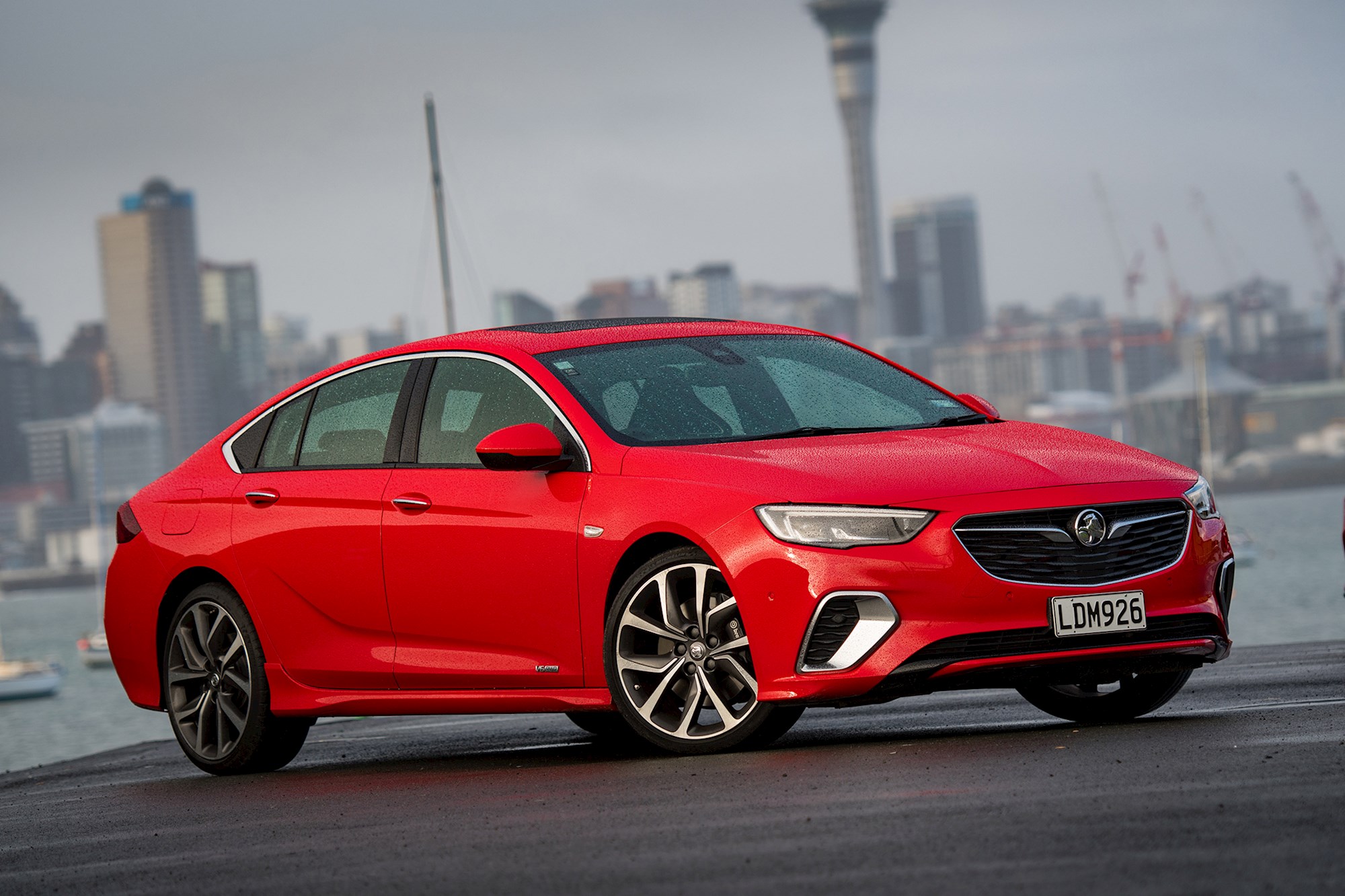
2018 Holden Commodore VXR
Price: $67,990
Pros: Sharp driving experience, lift-back accessibility, suspension tuning, sounds good
Cons: Lives in the VF’s shadow, conservative design, cabin materials for the price, thirsty
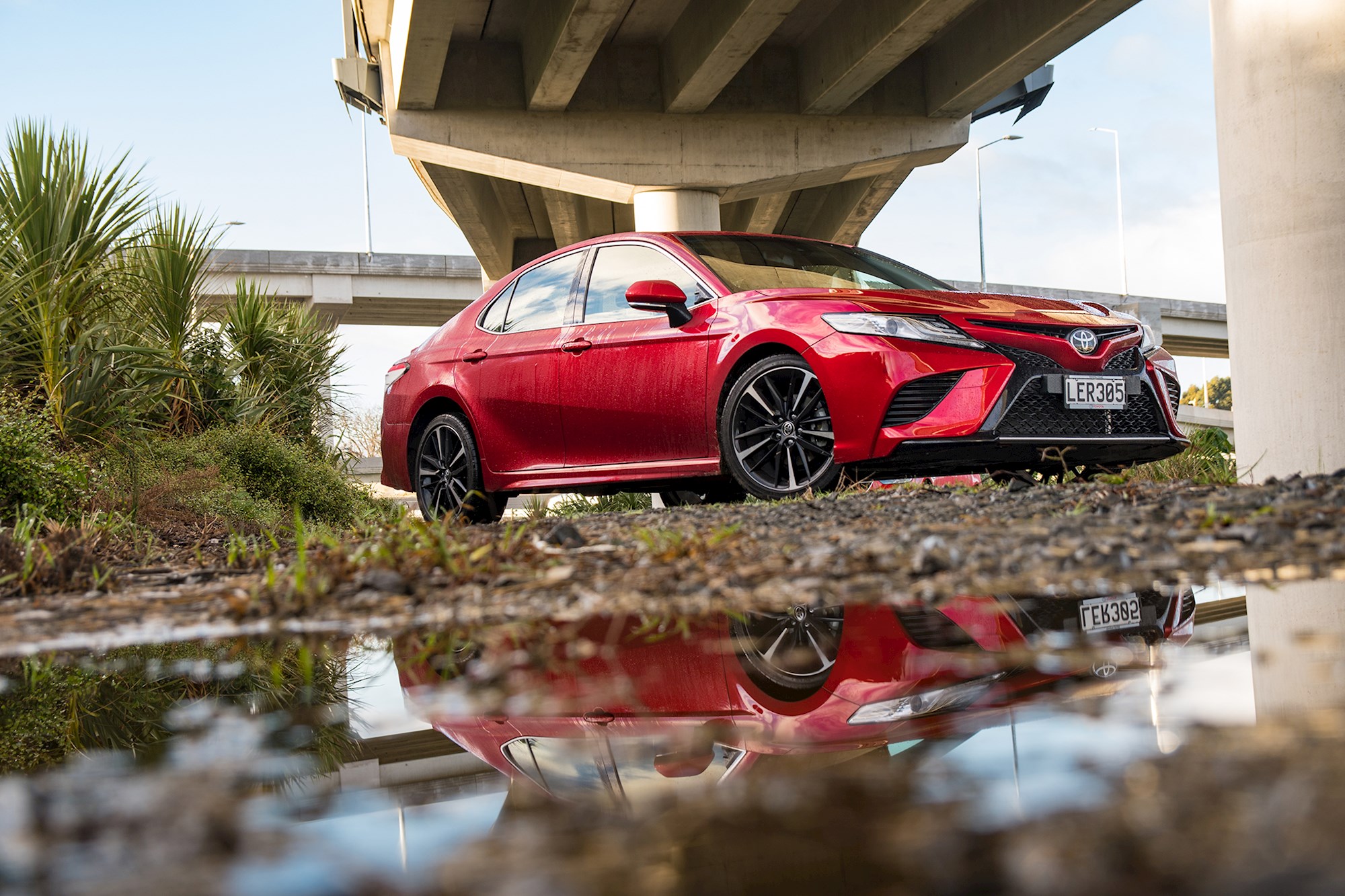
2018 Toyota Camry V6
Price: $47,990
Pros: Styling and price, gutsy engine, the best Camry ever made
Cons: Handling dynamics, lacks some features, struggles to put power to the ground





































